
6 Things No One Told You About Kettlebell Form
By Katrina Scott on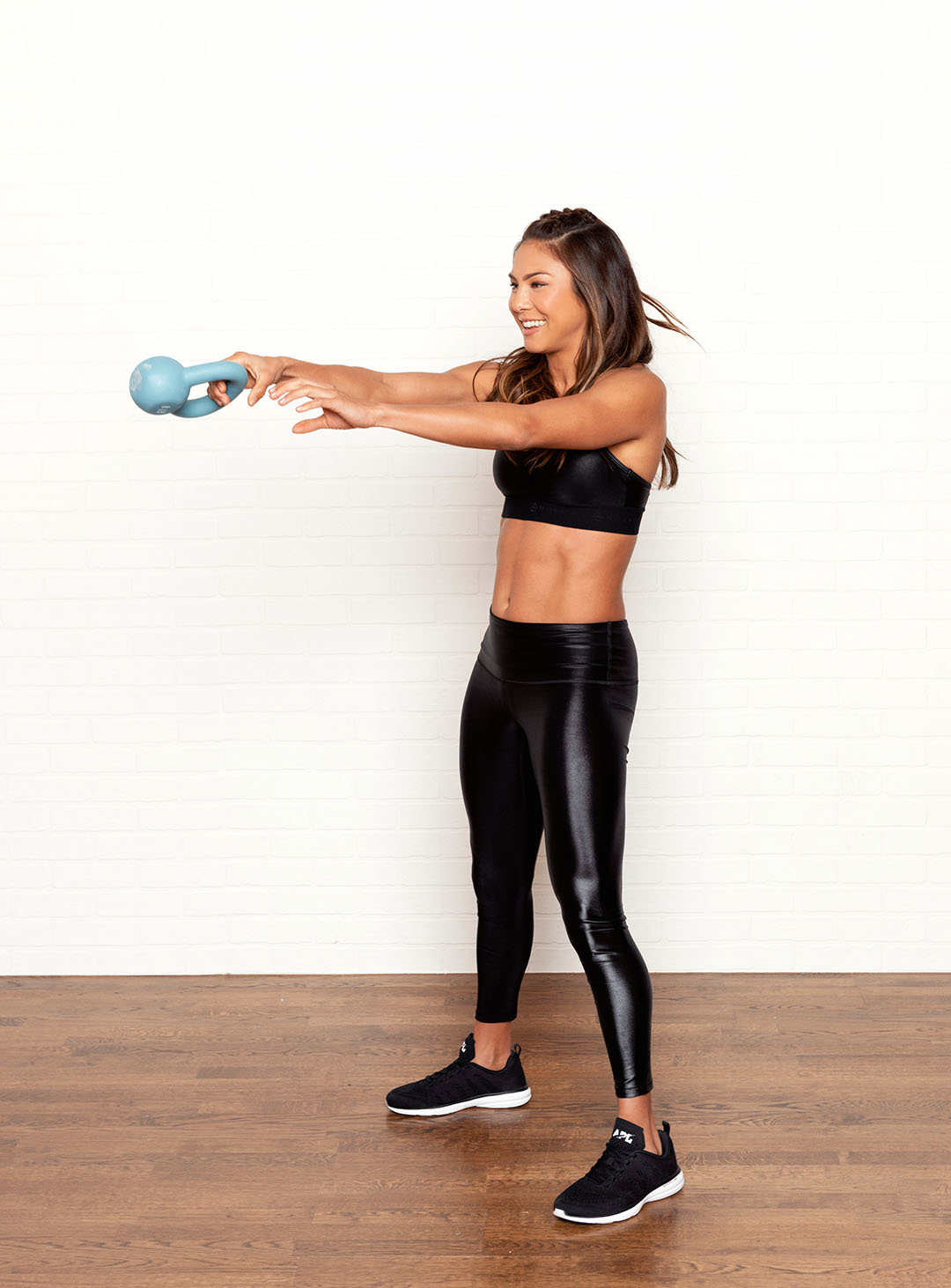 You girls know we love kettlebells to build strength, boost stability, and sneak in a quick cardio boost! It’s our secret weapon in some of our fave Tone It Up app workouts: Kettle HIIT, Booty ‘N Bell, Bootylicious...we can go on! And the beauty of the bell is there’s always so much more to learn! Whether you’re a kettlebell beginner or a seasoned pro, here are a few of our top tips to get you the results you want!
And who better to guide you than the super-fit kettlebell extraordinaire herself: your Studio Tone It Up trainer Stef! Yes, the kettlebell requires some technique, but mastering perfect form it offers mega rewards. “The kettlebell is an amazing tool to stimulate functional movements you do in your daily life,” Stef says. “Using weight and momentum challenges our balance and stresses our strong posterior (or back of body) muscles that are intended to fire powerfully!”
Keep reading for Stef’s top kettlebell form tips ~ including common mistakes that can be easily corrected! Can’t wait to see you and that perfect kettlebell swing in your TIU app!
You girls know we love kettlebells to build strength, boost stability, and sneak in a quick cardio boost! It’s our secret weapon in some of our fave Tone It Up app workouts: Kettle HIIT, Booty ‘N Bell, Bootylicious...we can go on! And the beauty of the bell is there’s always so much more to learn! Whether you’re a kettlebell beginner or a seasoned pro, here are a few of our top tips to get you the results you want!
And who better to guide you than the super-fit kettlebell extraordinaire herself: your Studio Tone It Up trainer Stef! Yes, the kettlebell requires some technique, but mastering perfect form it offers mega rewards. “The kettlebell is an amazing tool to stimulate functional movements you do in your daily life,” Stef says. “Using weight and momentum challenges our balance and stresses our strong posterior (or back of body) muscles that are intended to fire powerfully!”
Keep reading for Stef’s top kettlebell form tips ~ including common mistakes that can be easily corrected! Can’t wait to see you and that perfect kettlebell swing in your TIU app!
6 Tips To Improve Your Kettlebell Form
Let your body move with the kettlebell.
You have the power to swing, push, and pull the kettlebell. And yet the beauty of the bell is that you can also move with it. “When performing any power lift with the kettlebell, I like to think of the bell as a part of my body; my weight shifts and adjusts along with it,” Stef says. “I don’t try to fight its momentum.” Take swings, for example: Your lower body powers the bell up to about shoulder height (your arms basically go along for the ride). And when you reach the top of the swing, you let the kettlebell naturally come back down between the legs. Your key job is to maintain a strong body position. Also, keep the kettlebell close to your body and the movement will feel natural and smooth.Your grip is super important, but doesn’t have to be super strong.
“I advise girls to keep a straight wrist, but not a ‘death grip’ on the handles,” Stef explains. Feel free to loosen up your hold as you transition through kettlebell swings (without actually letting go of it on the forward motion, of course!) and kettlebell cleans. The handle can actually come to the base of your fingers, so you’re not squeezing it with your entire hand. Most importantly, as you hold it, just make sure that wrist stays straight!Don’t be afraid to go heavier with kettlebells than dumbbells.
It’s tough to figure out what weight to start with when you’re working with new equipment, like kettlebells. So Stef suggests starting off with at least two different sizes by your side, like the 8, 12, or 16 kilogram bell. “Typically, we choose significantly heavier kettlebells than dumbbells because we often use momentum with kettlebells and they offset your balance, whereas we usually use dumbbells for more strict lifts from fixed points A to B,” Stef says. “With kettlebells, our grip often changes, so we can catch and balance the weight using our total body strength.”A kettlebell swing takes A LOT of core engagement and zero squatting.
The beginning of a kettlebell swing — with the bell on the ground, arms reaching out for it — should feel like a tabletop or plank position. Think: belly button pulled in toward your spine and abs tights. You should also hinge forward at the hips. “The success of your swing is in the set-up,” says Stef. If you start out with a rounded back, loose core, and in a squat position, that’s how it’ll go for the rest of the swing. So stand strong and make sure the power of the move comes from the glutes (like a deadlift), not the quads (like a squat).It’s easy to hyperextend the spine — but always keep it neutral.
If you start to feel any kettlebell move in your low back, it could be because you’re lifting from that spot (rather than your legs) and hyperextending your back, Stef says. When you’re going through a move like a swing, deadlift, or even a squat with kettlebells, drive through the feet, engaging the glutes, and make sure you don’t send the hips forward at the top. Keep them in line with the shoulders.Make sure you’re holding the bell properly for upper body exercises.
For exercises like overhead presses, your hand will go through the handle and the bell should sit on your wrist. If it bothers you a little (particularly if it’s a heavy kettlebell), don’t worry — that’s totally normal. There tends to be some pressure on the wrist in this position, but it’ll get better the more you use kettlebells. “Remember: consistently catch the kettlebell with sturdy, locked-out wrists,” Stef says. You got this girl!Try our fave HIIT, kettlebell, and yoga routines in the Tone It Up app! You'll break a sweat and see serious results fast!



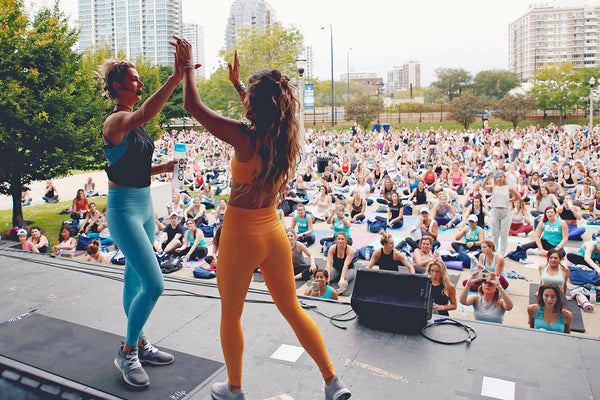

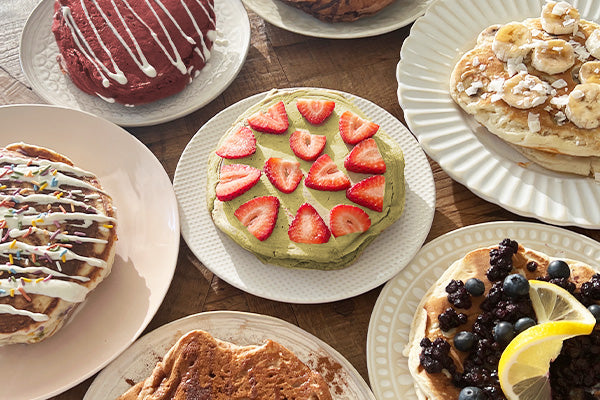



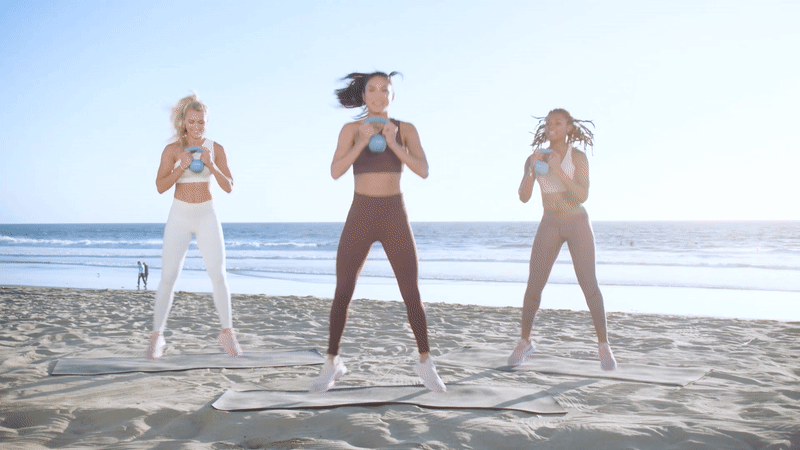
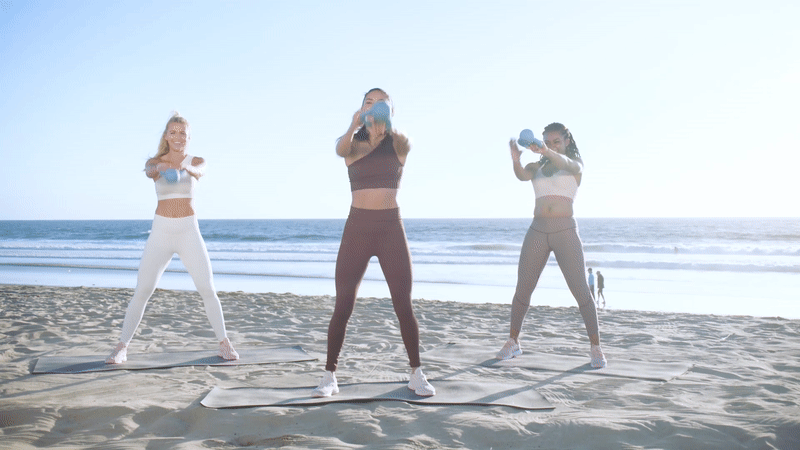
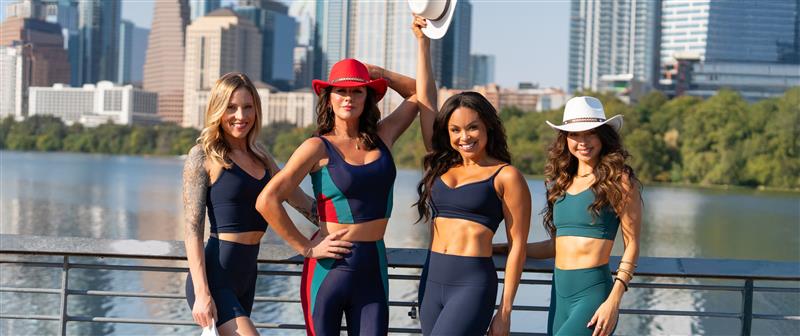
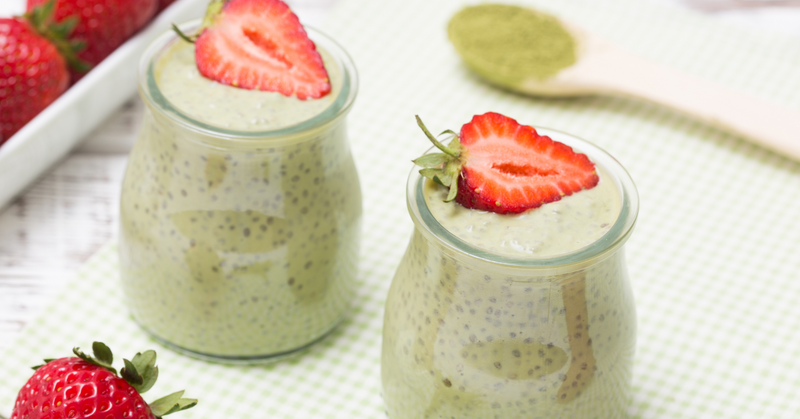

 For women, by women
For women, by women
 Share. Love. Inspire. Sweat.
Share. Love. Inspire. Sweat.
 Live Your Healthiest, Happiest Life
Live Your Healthiest, Happiest Life